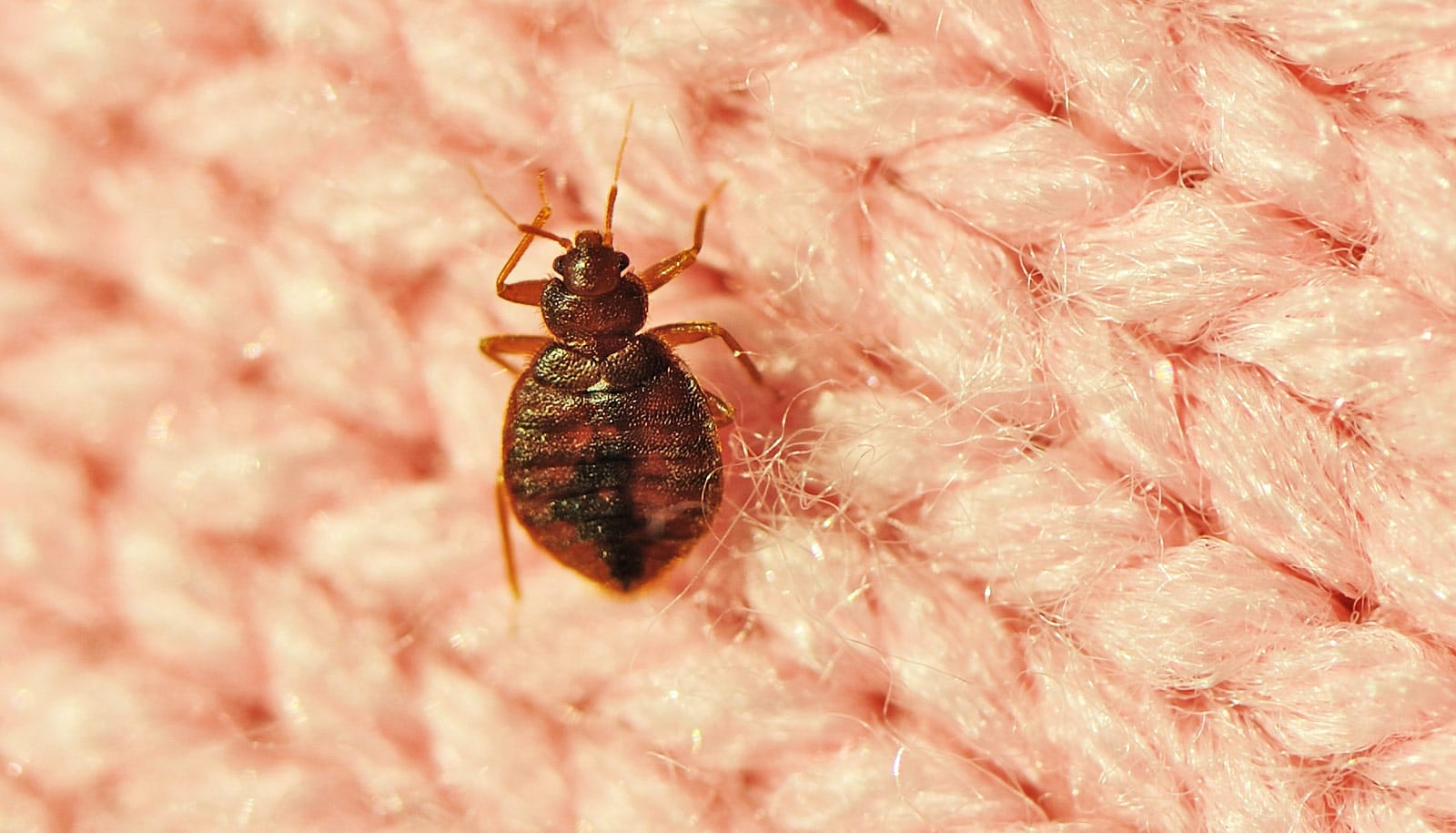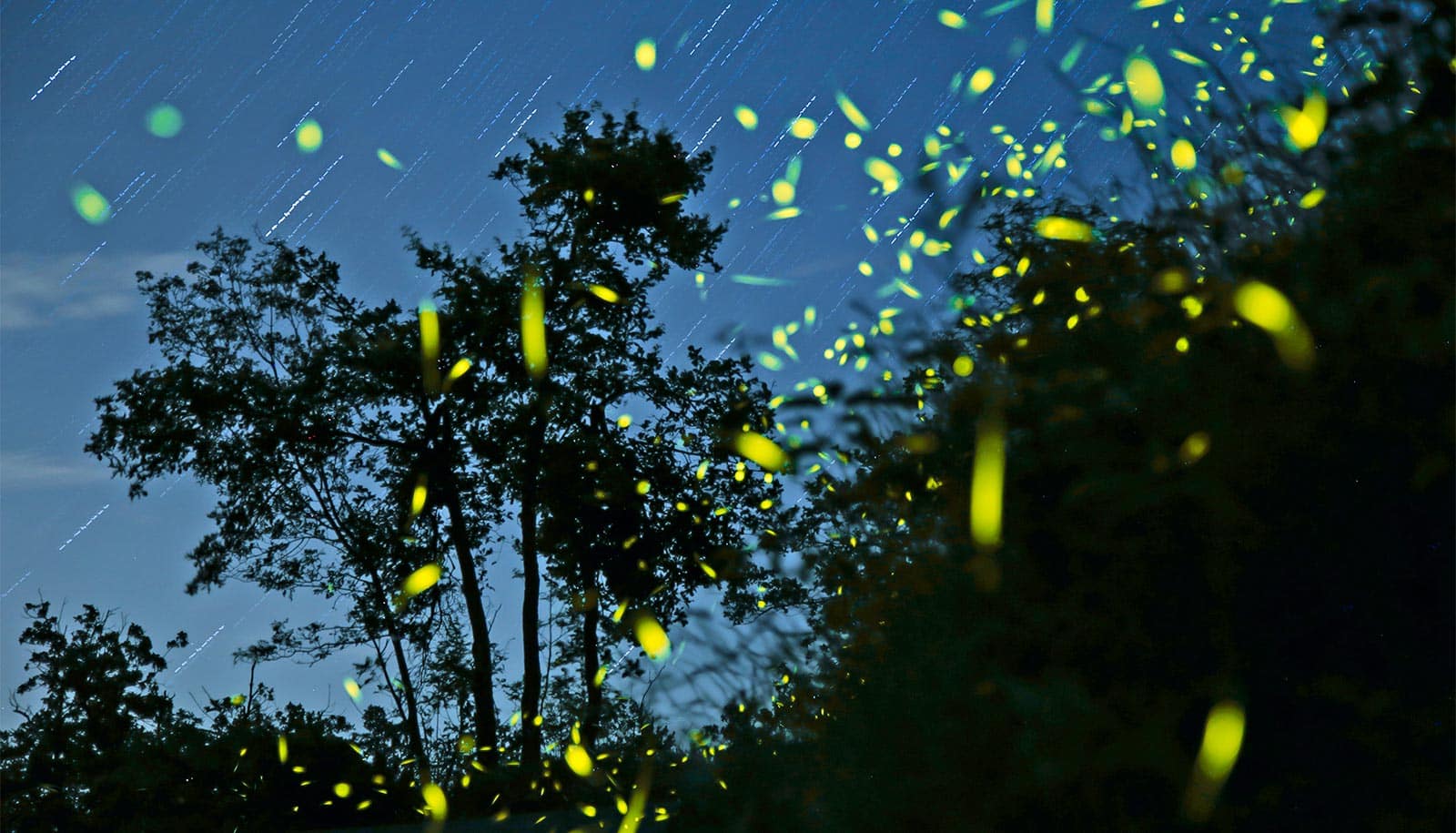Painted Jezebel butterflies use the distinctive red and yellow colors on their wings as warning signals to predators, report researchers.
Red is a new and potentially more effective color to members of this lineage of butterflies.
The painted Jezebel is a common butterfly found in urban and forested landscapes throughout the Asia-Pacific region, known for its bright yellow and red wing colors.
While these striking colors have long been presumed to advertise the butterfly’s unpleasant taste to predators and deter attacks, their exact function had not previously been shown.
To conduct field experiments, Jocelyn Wee, a doctoral candidate at the National University of Singapore, constructed artificial paper models that displayed the natural resting position of the painted jezebel, in which its wings are held vertically over its body.
The paper models comprised a faithful color representation of the painted Jezebel, a grey scale model, as well as models with different color permutations.
The paper models were placed at three sites across Singapore where the painted Jezebel naturally occurs.
Paper models that were faithful color representations of the painted Jezebel suffered the least amount of attacks. This was followed by grey-scale models with unaltered red patches, and by grey-scale models with unaltered yellow patches.
One gene ‘glitch’ changed butterfly wings
“The results of our field experiments showed that the red and yellow colors on the ventral wings of the painted Jezebel serve as warning signals to predators, and demonstrated how predators can play a critical role in affecting the evolution of warning colors within this particular butterfly genus,” explains Wee, who carried out the experiments as part of her final-year project as an undergraduate.
The research team followed up on their results by mapping dorsal and ventral coloration onto a phylogeny of the diverse genus Delias, which the painted Jezebel belongs. They observed that yellow and red colors appear almost exclusively on the exposed ventral wing surfaces, and that older lineages have mostly yellow, white, and black wing markings, with red appearing as a novel trait in later lineages.
“Our findings demonstrated that red appears to be a novel and potentially more effective protective color to members of this lineage of butterflies,” says Antónia Monteiro, an associate professor in the biological sciences department who supervised the study.
“Such a discovery raises further questions about the possible changes in the underlying genetic networks that would have caused the emergence of red coloration within this speciose genus,” he says.
Moving forward, the research team is working to resolve the genetic pathways that underline the evolution of novel wing patterns across different butterfly genera.
Butterfly ‘tree’ decodes evolution of 160,000 species
The findings appear in the journal PLOS ONE.
Source: National University of Singapore



